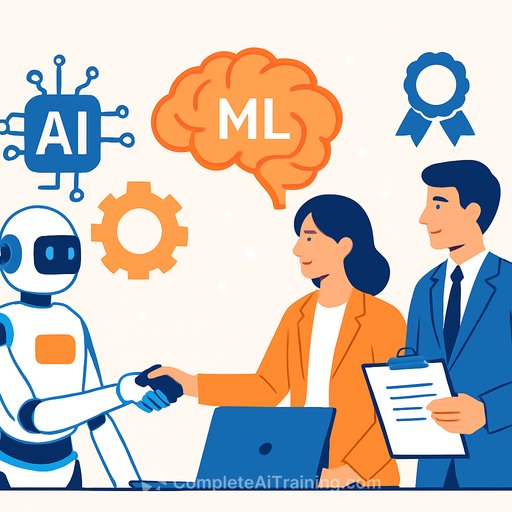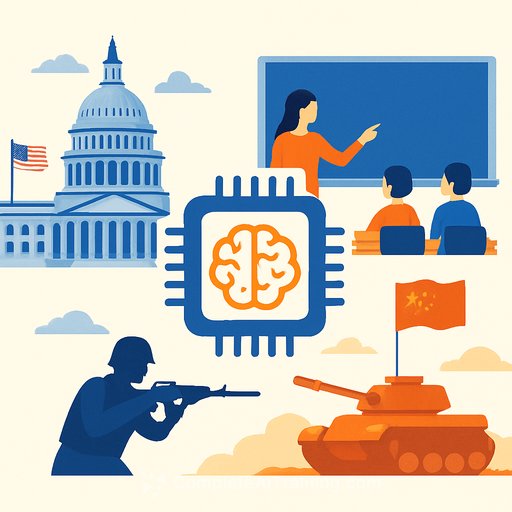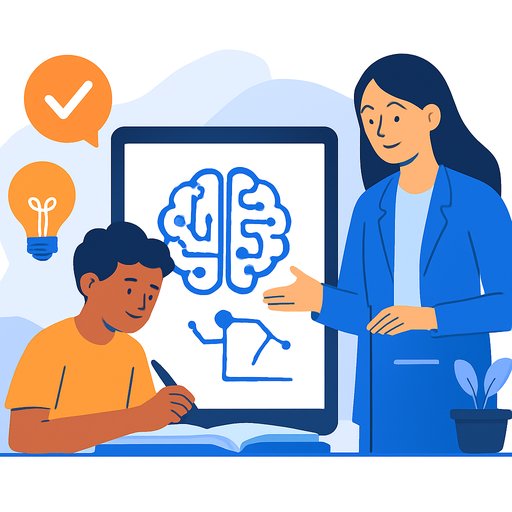Chanakya University Foundation Day: A clear call to build AI capacity and stronger industry ties
At Chanakya University's foundation day, three voices carried a simple message: make AI education practical and make partnerships real. Chancellor and former ISRO Chairman S Somanath put it plainly: "The challenge is to bridge the lacking connection between university and society."
Alongside him, Shamika Ravi and Kiran Mazumdar-Shaw urged focus on employability, applied research, and collaboration with industry. For educators, this isn't abstract. It's a to-do list.
Why this matters for education leaders
- Employers expect AI fluency across roles, not just in engineering.
- Applied research is getting funded faster than theoretical work without clear outcomes.
- Communities want universities that solve local problems, not just award degrees.
What to prioritize over the next 12 months
- Integrate AI literacy across disciplines: policy, ethics, data basics, and hands-on use of mainstream tools.
- Co-design 2-3 courses per school with industry practitioners as adjuncts or guest faculty.
- Guarantee credit-bearing internships or co-ops for final-year students with clear deliverables.
- Launch applied labs with problem briefs from local government, SMEs, and nonprofits.
- Upskill faculty with funded micro-credentials and protected time for training.
- Secure compute and data access (cloud credits, privacy-safe datasets, versioned sandboxes).
- Set up IP and data-sharing frameworks that let partners collaborate without legal friction.
- Build community pipelines: service-learning studios, weekend clinics, and citizen data projects.
Partnership models that work
- Industry-backed micro-credentials embedded in degree programs.
- Capstone consortia where multiple partners sponsor a portfolio of student projects.
- Joint labs focused on a narrow theme (e.g., healthcare QA, agri-data, satellite imagery for civic use).
- Startup tracks in incubators with matched mentors and small seed grants.
- Advisory boards that meet quarterly and sign off on curriculum updates.
Curriculum changes that move the needle
- Every program includes one AI-in-practice module tied to its domain (law, design, agriculture, management, social work).
- Assessment shifts from essays to portfolios, code notebooks, dashboards, and client demos.
- Ethics is applied, not theoretical: bias audits, model cards, and red-teaming exercises.
- Students ship small tools that a real user adopts, even if it's just a department or local NGO.
Guardrails and integrity
- Publish an AI use policy for students and staff (what's allowed, what must be cited, where AI is off-limits).
- Redesign assessments for originality and process transparency (version history, prompts, data sources).
- Protect privacy with clear data governance and vetted third-party tools.
Practical KPIs to track
- Share of courses with AI components across departments.
- Internship and co-op placement rate, plus partner satisfaction.
- Number of live industry or civic problem briefs adopted per semester.
- Student-built tools in real use after graduation.
- Grant or sponsorship value tied to applied work.
30-90 day quick wins
- Form a cross-functional AI and Partnerships Council (faculty, students, industry, and community reps).
- Audit where AI already shows up in courses; fill obvious gaps with short modules.
- Run two hands-on faculty workshops on prompt quality, data handling, and assessment redesign.
- Publish a "partner menu" with project formats, timelines, and points of contact.
This moment favors institutions that move first and keep iterating. Somanath's challenge is the blueprint: close the gap between lecture halls and real problems, and students will learn faster because they're accountable to users, not just grades.
Resources
- ISRO - context on India's space ecosystem that benefits from university-industry collaboration.
- Complete AI Training: Courses by Job - curated AI upskilling paths for faculty and program leads.
Your membership also unlocks:






